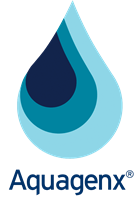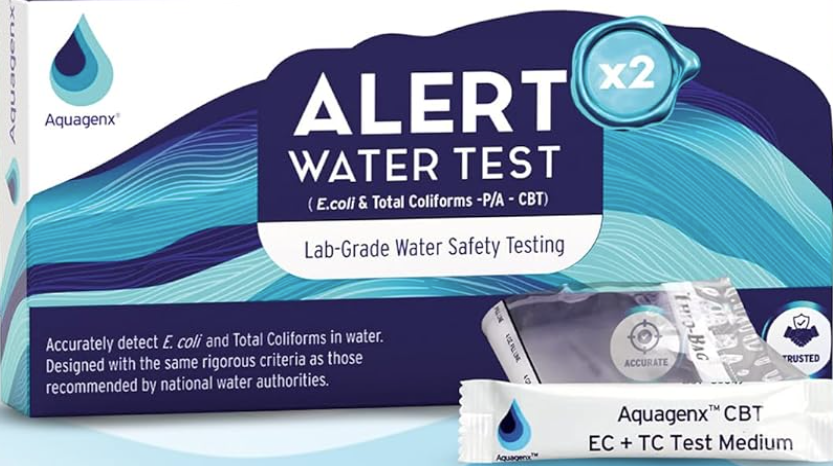How to Interpret Presence/Absence Test Results for Water Samples
In the world of water quality testing, there are different methods and ways to test water samples. Some methods involve different products that contain different parts and supplies to carry out testing. Some methods can only be done in laboratories, both for the equipment needed to perform testing or to meet state or federal regulations for water quality testing.
Another way water quality tests differ is what type of test results they provide. There are three different types of test results for biological water quality testing:
- Presence/Absence (P/A)
- Most Probable Number (MPN)
- Colony Forming Units (CFU)
When home well owners shop online or in big box improvement stores, they are purchasing Presence/Absence (P/A) tests for bacteria. What are P/A test results?
P/A test results determine either Yes, there is bacteria in your well water, or No, there is no bacteria in your well water. The amount of bacteria is not quantified or counted in any way.
MPN and CFU testing methods measure the quantity of bacteria in water samples in different ways. They provide solid estimations or exact counts of concentrations of bacteria in water samples.
How Presence/Absence Tests Work
P/A tests change the color of the water to different colors that indicate if the sample is positive or negative for bacteria. Our Aquagenx Home Well Water Test turns the 100mL sample to different colors after the incubation period:
- If the sample turns Yellow/Yellow-Brown in daylight, it is negative for Total Coliforms and Negative for coli
- If the sample turns Blue/Blue-Green in daylight, it is Positive for Total Coliforms and Positive for coli
- If the sample fluoresces neon blue under a UV Flashlight (365nm) in a darker environment, it is Positive for Total Coliforms and Positive for coli
How and why does the color of the water change color? Water quality tests come with something called a “reagent” or “growth medium.” Some growth media, such as ours, is chromogenic (produces color pigments), that causes water to change color. Chromogenic growth media can come in different formats such as powder or a solid substance.
When the ingredients in our chromogenic growth medium detect an enzyme (substance that causes a reaction in living organisms) that is produced by E. coli bacteria, the color of the water changes to blue/blue-green. This color change signals E. coli is present in the sample.
Why Presence/Absence Tests are Used for Well Water Testing
P/A test are typically used for well water testing for a variety of reasons:
- P/A tests are less expensive than quantifiable tests
- P/A tests are easier to use than quantifiable tests
- P/A tests do not use a lot of equipment
- P/A tests can be done at a range of temperatures
- P/A tests are used by regulated public water systems according to the US EPA’s Revised Total Coliform Rule for Total Coliforms and coli
You might be wondering if P/A test results give you sufficient information about bacteria levels in your water. Wouldn’t it be better to know exactly how much bacteria is present in your well and if it is really safe to drink?
The main reason P/A testing is sufficient for your home well is the EPA’s national drinking water quality standards say there must be zero E. coli in a 100mL water sample for it to be considered safe to drink.
As long as your well tests negative for E. coli, you are good to go. If you obtain a positive result for E. coli, it doesn’t matter if there is one or 100 E. coli present in the sample. It is at least one E. coli too many and therefore it is unsafe to drink.
Why Quantifiable Tests are Used for Water Quality Testing
Outside of the USA in the wider world of water, sanitation and hygiene, quantifiable tests are often used for well water testing in low- and middle-income countries. This is because groundwater quality in such countries is typically more contaminated than USA well water, and there are many reasons for this.
Another reason why quantifiable tests are more often used for groundwater testing in low- and middle-income countries is they are much more useful from a health risk point of view to make more informed decisions about water safety. It is critical to know the concentration of E. coli in a water sample to determine the magnitude of health risk from the water. Data obtained from quantified tests helps prioritize corrective actions for water supplies, such as improving or increasing treatment or finding a higher quality water source.
When you do P/A testing on your well water for Total Coliforms and E. coli, and you obtain positive results for E. coli, you can consider using simple, quantifiable tests for E. coli that tell you exactly how contaminated your well is. This could be helpful information that lets you make better decisions about how and why to correct end remediate your well water.
If you are interested in learning more about water quality testing methods, read Microbiological Water Quality Testing Methods for E. coli and Total Coliform Bacteria
Key Terms
Presence/Absence (P/A) tests:
Growth medium:

